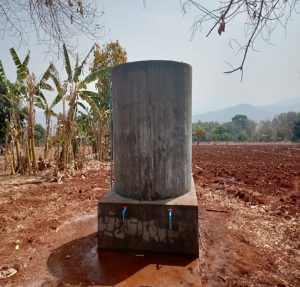 And here we come to the tenth chapter of Stories from another world!
And here we come to the tenth chapter of Stories from another world!
Today we introduce the story of U Hsam, the former leader of Maesanow village in Myanmar, who tells us about the new water system built with the support of our staff. Thanks to this network of pipes, water come directly from the spring and the village no longer as to worry about summer drought.
“My name is U Hsam and I’m the former leader of Maesanow village. In 2016, the Mitta Foundation visited our village and provided sunflower seeds to two young farmers; on this occasion, we heard about New Humanity’s activities for the first time and we later contacted them for the water scarcity problem. Rain has been our main source of water for as long as I remember but in recent years, due to drought, we had to look for a natural source of water in order to have it all year round.
Between 2009 and 2010 we connected the water channel from Ohnaum to our village with a pipe network. Ohnaum village also shared water with Kyaungkha (located higher than our village). Due to scarce rainfall and forest degradation, every year we had to face water scarcity; in fact, the water flow from the source in Ohnaum was decreasing more and more!
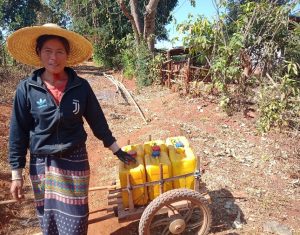
Thanks to the support from NHI, we were assisted in water procurement. We built a connection to a water canal in 2020 and the organization installed water pumping with a solar-powered system in May 2021. I would like to point out the availability of water before and after receiving this help: we had previously determined that 5 buckets of water from Ohnaum was the daily requirement-the quota-for a family. In my family, however, we usually go to our farm early in the morning, return in the evening, and during the day we couldn’t collect our quota, consequently we had to go at night. Thanks to the new water system, we no longer have to worry about going to take the 5 buckets of water at night, as we always find it in abundance in the cisterns.
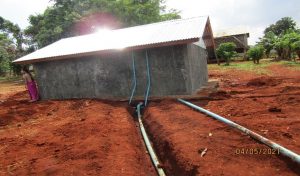 The organization provided us with a large water tank to store the surplus and six smaller tanks to distribute water in the village. Every villager can now easily get water at every time, without having to be careful about the quota.
The organization provided us with a large water tank to store the surplus and six smaller tanks to distribute water in the village. Every villager can now easily get water at every time, without having to be careful about the quota.
As a member of the water management committee, I asked the village to use water carefully and to keep the water system in good conditions so it can last for many years. We understood that it’s our water and the sustainability of the system relies on us: as soon as the pipes required care, we repaired them.
We are grateful to NHI for this precious help and we hope it can become a big organization that can support communities in agricolture, education, health, water and sanitation for long.”
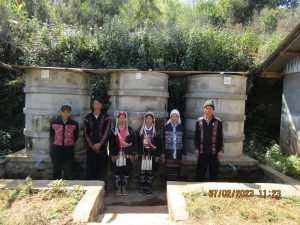
In the mountain village of Pu Mao, New Humanity also carried out an intervention similar to the one just told by U Hsam: 200 villagers had to use as much water as they could in non-drought periods, but they remained without water from February to June. After NHI’s intervention in 2016, an efficient water distribution and storage system was installed equipped with pipes, a large tank and three smaller ones in different points of the village. This garantees water even in summer, when drought makes everything more difficult. In addition, similar to the awareness raising activities done by U Hsam for its villagers, NHI also conducted trainings in Pu Mao about proper use of water.
We are very proud of the work done by our staff to implement these water systems, fundamental for the daily water needs of households.
We sincerely thank all those who always support us and enable us in turn to help so many villages in need.
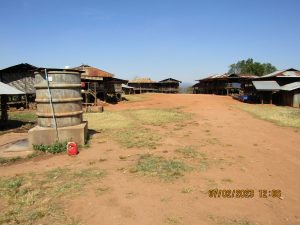

Recent Comments